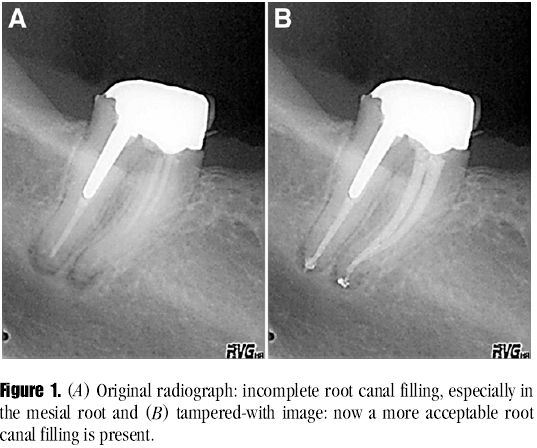Bihar Health Dept Outsources Dental Care
PATNA: The health department has decided to set up dental clinics at all the district (sadar) and sub-divisional hospitals of Bihar under the National Rural Health Mission. These dental clinics would be set up under public-private partnership (PPP).
Under this partnership, while the state government will provide land for the dental clinics, the private agencies, willing to enter the partnership, would have to provide machines and equipment for the clinics. These agencies would also be responsible for maintenance and running of the clinics and in turn they would be allowed to take fee from the patients.
The selection of private agencies, which would be for a period of five years, would be made on the basis of maximum amount offered to the state government in lieu of land provided by it.
Agencies interested in setting up dental clinics would have to submit a proposal of minimum Rs 1.25 lakh for one unit, Rs 3 lakh for units numbering from 2 to 5, Rs 5 lakh for 6 to 10 units, Rs 10 lakh for 11 to 20 units and Rs 50 lakh for running all such units.
Apart from the agencies, individuals having a BDS degree are also eligible for making bids for setting up the dental clinics.
Lets hope Whole of India adopts novel strategies for Dental Care of Indians.
Piercings can cause dental problems
Body piercings, especially to the lips and tongue, can cause serious dental complications, according to a research.
In the study conducted by the University of Tel Aviv on 400 consecutive patients, who were aged 20 years on average, every fourth person with a piercing in the tongue or lips revealed symptoms such as gum bleeding.
Some 13.9 percent had broken teeth or other dental complications, the study found.
Dental professionals were warned of the increasing number of patients with oral piercings and to provide appropriate guidance to patients regarding the health risks.
16 May, 2008- 3M Acquires IMTEC
3M announced today that it has signed a definitive agreement to acquire IMTEC Corp., a manufacturer of dental implants and cone beam computed tomography (CBCT) scanning equipment for dental and medical radiology, Full news HERE
Higher Cancer Risk For Those With Gum Disease
Whether they are smokers or non-smokers, people with gum disease have a higher overall risk of cancer, according to an Article published on May 27, 2008 in The Lancet Oncology.
Gum disease, such as periodontis or gingivitis, is associated with increased concentrations of inflammatory markers in the blood. There is some debate, however, about whether this systemic inflammation, the pathogenic invasion into the blood stream, or the immune response to gum infection could possibly affect cancer risk, overall or at specific sites. MORE HERE
And there is this nice patient education article worth looking at
Look after your teeth and gums and your whole body will start to feel the benefit




